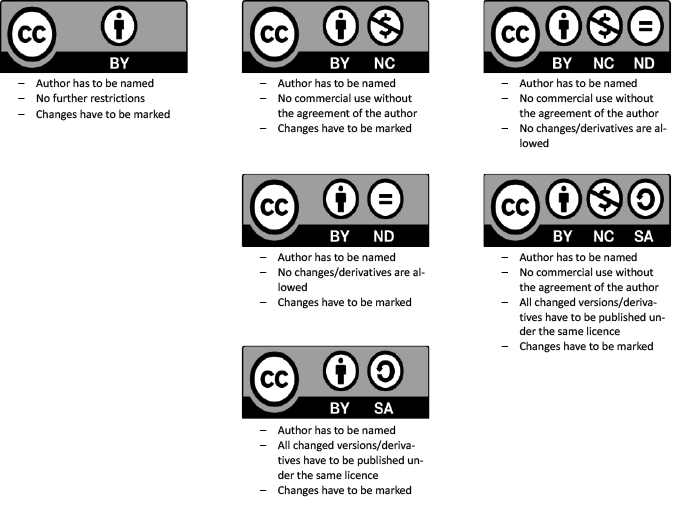By authoring scientific publications, researchers create work that is protected by copyright laws. But they are often unaware of how far-reaching this protection is and what they can do to exercise their rights. Open access to scientific publications means, by definition, that publications are accessible free of charge. What rules apply if an accessible scientific text is used? The key to all uses is the correct citation of the authors, but there is more to it! The following texts on copyright, publishing agreements and licencing will provide you with some answers.
As soon as it has been created, a scientific piece of work is protected by the Federal Act on Copyright CopA , if it is original in character and the result of an intellectual activity. The laws protect the form or the manner in which the idea, the opinion or the discovery are expressed but not the scientific discovery as such.
The copyright is owned by the authors of a scientific work (= authorship is a non-transferable right). Who can claim authorship? According to the guidelines of the Swiss Academies for Arts and Sciences, authorship can be claimed by all persons who have made an important contribution to the planning, execution, evaluation and examination of the research work as well as to the writing.
- The right to use a work is transferable and inheritable (economic aspect of copyright).
- It is permissible to quote from published works as long as the quote is ancillary to the content of the author(s) and clearly marked as a quote, and provided the source is given.
- Copyright expires 70 years after the death of the authors. Before the expiry date, the owners of a copyright can prosecute in the case of any copyright breaches.



